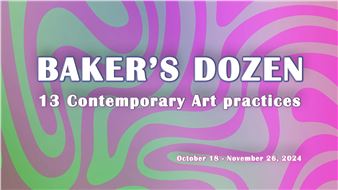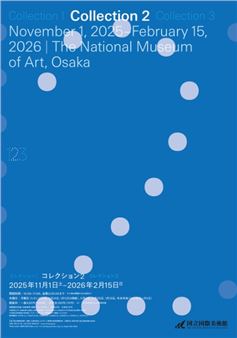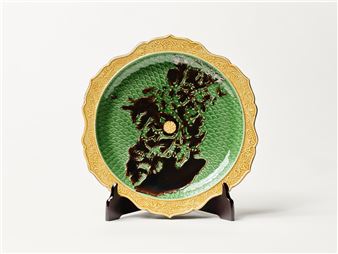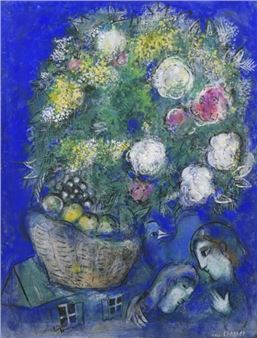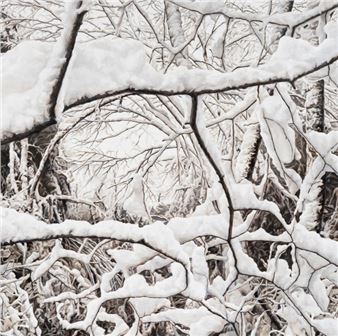Keiji Ito: Space and Silence
Keiji Ito (1935-), who is celebrating his 90th birthday this year, freely employs a diverse range of materials and techniques, including ceramics, oil painting, charcoal, installation, and collage, unconstrained by existing preconceptions. His work has consistently embodied his essential pursuit of the question: what is this existence we call human?
This approach is shaped by ItoвҖҷs uniquely acute sensibility and broad perspective. Childhood memories of war atrocities etched into his mind that shaped his attitude towards prayer, studying oil painting at Musashino Art School (now Musashino Art University), his fascination with both Asian and Western art, including Modigliani, Picasso, the giant boulder structures in the Asuka region of Nara Prefecture, the Asuka Daibutsu (a giant statue of Buddha), and the Buddhist statues that stand in the halls of Yakushiji temple, along with his emphasis on the importance of drawing вҖ” all of these became the foundation for his evolving artistic world.
ItoвҖҷs time at the Gifu Prefectural Ceramics Research Institute and his encounter with Sakuzo Hineno, a ceramics designer and leader of a craft movement, also had a profound influence on him. It was there that he felt a sense of the limitations involved in connecting with actual three-dimensional forms through two-dimensional designs alone, something that became the impetus for him to begin creating ceramics himself.
Shuji Takahashi, director of the Toyota Municipal Museum of Art, made the following remark regarding ItoвҖҷs work.
вҖң(But the impression I get from his works such as BuddhaвҖҷs feet and faces is that) rather than being formed in the process of feeling clay in his hands, he first visually conceives a plan; in other words, I feel that he conjures two-dimensional images, then assembles them to construct a three-dimensional form. This is not to say that one approach is better than another; it is simply a matter of each artistвҖҷs taste.вҖқ
ItoвҖҷs quiet, profound gaze and powerful body of work have long been critically acclaimed. Even today, at the age of 90, he continues to devote himself energetically to his work, exhibiting with increasing enthusiasm both in Japan and abroad. His exhibition вҖңKeiji Ito: Prayer гғјNow, the Future,вҖқ held at the Museum of Modern Ceramic Art, Gifu from June to September this year, showcased his artistic journey and current creative direction, winning him many critical accolades.
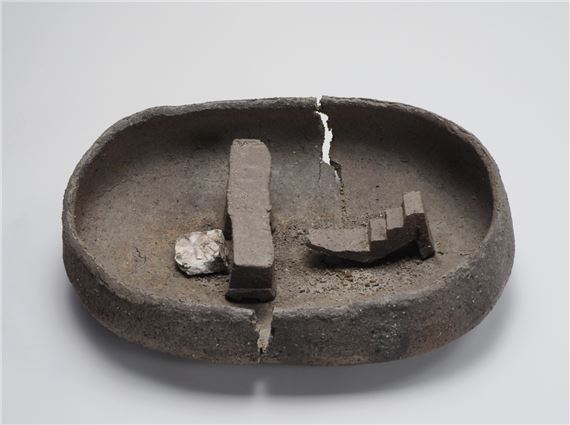
Recommended for you
Keiji Ito (1935-), who is celebrating his 90th birthday this year, freely employs a diverse range of materials and techniques, including ceramics, oil painting, charcoal, installation, and collage, unconstrained by existing preconceptions. His work has consistently embodied his essential pursuit of the question: what is this existence we call human?
This approach is shaped by ItoвҖҷs uniquely acute sensibility and broad perspective. Childhood memories of war atrocities etched into his mind that shaped his attitude towards prayer, studying oil painting at Musashino Art School (now Musashino Art University), his fascination with both Asian and Western art, including Modigliani, Picasso, the giant boulder structures in the Asuka region of Nara Prefecture, the Asuka Daibutsu (a giant statue of Buddha), and the Buddhist statues that stand in the halls of Yakushiji temple, along with his emphasis on the importance of drawing вҖ” all of these became the foundation for his evolving artistic world.
ItoвҖҷs time at the Gifu Prefectural Ceramics Research Institute and his encounter with Sakuzo Hineno, a ceramics designer and leader of a craft movement, also had a profound influence on him. It was there that he felt a sense of the limitations involved in connecting with actual three-dimensional forms through two-dimensional designs alone, something that became the impetus for him to begin creating ceramics himself.
Shuji Takahashi, director of the Toyota Municipal Museum of Art, made the following remark regarding ItoвҖҷs work.
вҖң(But the impression I get from his works such as BuddhaвҖҷs feet and faces is that) rather than being formed in the process of feeling clay in his hands, he first visually conceives a plan; in other words, I feel that he conjures two-dimensional images, then assembles them to construct a three-dimensional form. This is not to say that one approach is better than another; it is simply a matter of each artistвҖҷs taste.вҖқ
ItoвҖҷs quiet, profound gaze and powerful body of work have long been critically acclaimed. Even today, at the age of 90, he continues to devote himself energetically to his work, exhibiting with increasing enthusiasm both in Japan and abroad. His exhibition вҖңKeiji Ito: Prayer гғјNow, the Future,вҖқ held at the Museum of Modern Ceramic Art, Gifu from June to September this year, showcased his artistic journey and current creative direction, winning him many critical accolades.
Artists on show
Contact details


 ARTISTS
ARTISTS







